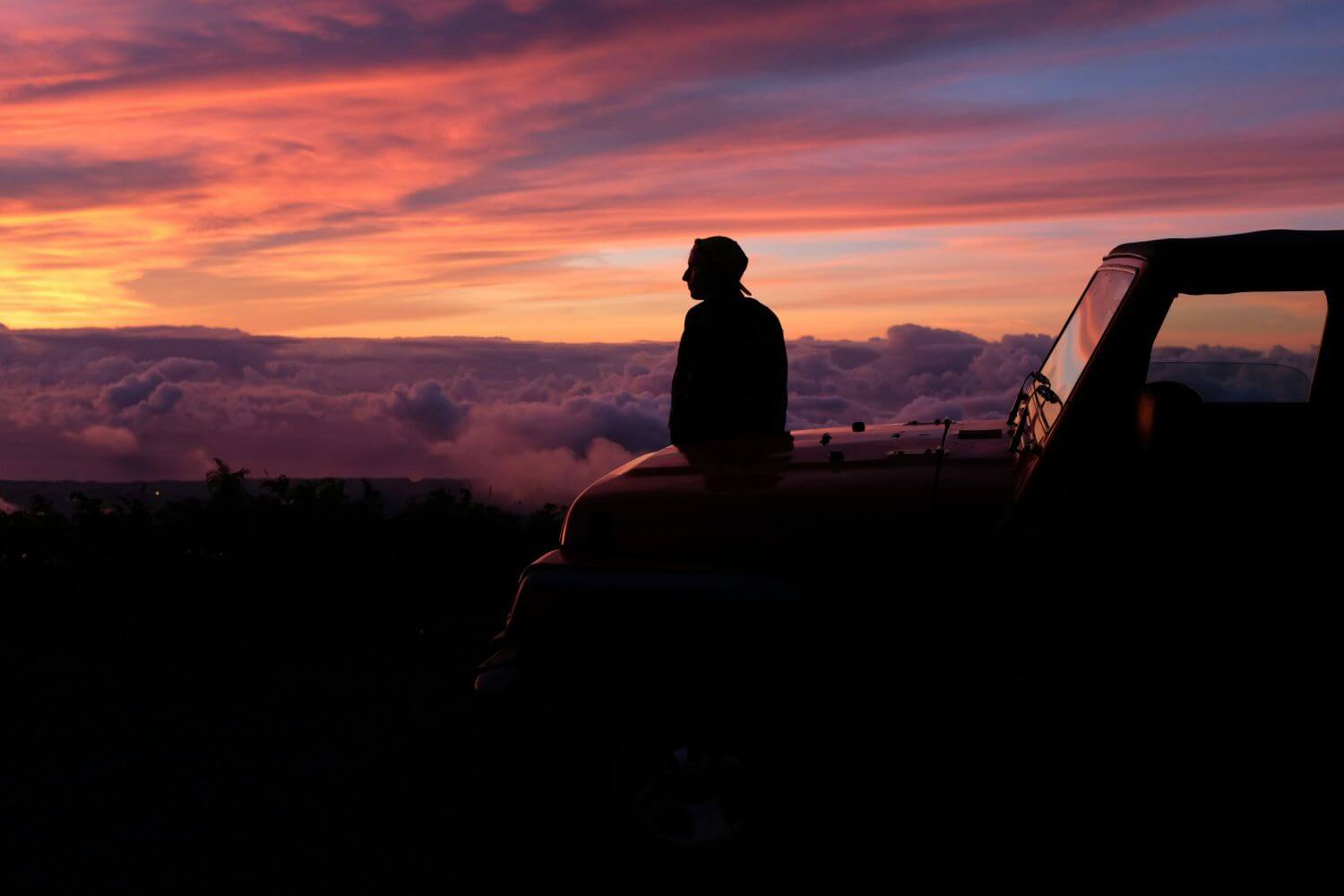Road trips are having a major moment. Nearly half of all families are choosing to hit the open road instead of flying to their vacation destinations. With drivers expecting to spend around $1,000 on their adventures, knowing how to plan a road trip properly can make the difference between an amazing journey and a stressful nightmare.
The secret to a great road trip isn’t just throwing everything in the car and hoping for the best. Smart planning lets you enjoy those spontaneous stops at quirky roadside diners while avoiding the headaches of broken-down cars and overbooked hotels. This guide will walk you through everything you need to know about planning a road trip that creates memories for years to come.
1. Pick Where You Want to Go
The best road trips start with destinations that genuinely excite you. Pick two or three “bucket list” places that make you want to pack your bags right now. Maybe it’s Yellowstone, the Pacific Coast Highway, or the Grand Canyon. These major stops will become the backbone of your entire trip.
Once you have your big destinations picked out, fill in smaller attractions along the way. A 14-day road trip should cover no more than 1,800 miles, while a three-day weekend trip works best with around 300 miles total.
Use the Roadtrippers app to visualize your route and find hidden gems between your main stops. The app has helped plan over 25 million trips and shows you interesting attractions within a few miles of your planned route. Pinterest gives you inspiration for unique stops, while paper maps help you see the big picture.
Consider the seasons when planning your route. Summer means crowded national parks but perfect weather. Spring and fall have fewer tourists and comfortable temperatures. Winter opens up snow sports but requires more careful weather planning.
Ask friends and coworkers about their favorite road trip memories. Often the best stops are the ones locals recommend that never make it into guidebooks.
2. Figure Out How Much You’ll Spend
Most successful road trippers budget around $150 per day for shorter trips or about $1,000 total for longer journeys. Break your budget into four categories: fuel, accommodation, food, and activities.
Calculate fuel costs using this simple formula: divide your total planned miles by your car’s miles per gallon, then multiply by the average gas price along your route. A loaded car uses more gas than normal daily driving.
Accommodation costs vary wildly depending on your style:
- Hotels: $100-150 per night on average
- Camping: $20-40 per night at most campgrounds
- State and national parks: Often $15-30 per night
- Vacation rentals: $80-200+ per night depending on location and size
- RV parks: $30-60 per night with full hookups
Food costs add up quickly if you eat every meal at restaurants. Planning a road trip with a cooler and basic cooking supplies can cut food expenses in half. Budget about $30 per person per day for food if you mix restaurant meals with picnics.
Set aside 10-15% of your total budget for unexpected expenses. Cars break down, weather changes plans, and sometimes you’ll find experiences worth splurging on. Having this cushion means surprises become adventures instead of disasters.
Use travel rewards credit cards for gas and hotels to earn points for future trips. Apps like GasBuddy help you find the cheapest fuel prices along your route.
3. Get Your Car Ready
Nothing ruins a road trip faster than breaking down hundreds of miles from home. Getting your car properly checked before leaving prevents most roadside emergencies and gives you confidence to focus on the scenery.
Schedule a complete inspection at least two weeks before departure. This gives you time to order parts and complete repairs without rushing. Your mechanic should check all essential fluids and systems:
- Engine oil and filter
- Transmission fluid
- Brake fluid and brake system
- Coolant and radiator condition
- Power steering fluid
- Battery and electrical connections
- Air filters (engine and cabin)
- Belts and hoses for wear or cracks
Check tire pressure, tread depth, and alignment on all tires including your spare. Tires with less than 3.5mm of tread can be dangerous in wet weather. Test your air conditioning before summer roads and replace any burned-out lights.
For electric vehicles, plan charging stops as carefully as gas stations. Use apps like PlugShare to find charging stations along your route and understand how weather affects your range.
Pack basic tools like a working jack, lug wrench, screwdrivers, and pliers for minor repairs.
4. Book Your Hotels and Activities
Timing your reservations right can make or break your trip. Popular destinations like Yosemite or Yellowstone require bookings 3-6 months in advance, especially for summer travel. Most destinations need booking 1-2 months ahead for good selection.
Research accommodations using multiple sources. TripAdvisor provides honest reviews, while booking sites show current prices. For camping, Campendium gives detailed reviews with photos and tips from fellow travelers.
Many national parks now require timed-entry reservations. Parks like Arches, Rocky Mountain, and Glacier limit daily visitors. Check individual park websites when planning a road trip to understand current requirements.
Museums, popular tours, and special attractions often sell out during peak season. Research must-see activities early and book tickets online when possible.
Mix planned accommodations with flexibility. Book your first and last nights, plus any special locations that might fill up, but leave middle nights open for spontaneous discoveries.
Keep confirmation numbers and contact information easily accessible in your phone and printed as backup.
5. Pack for Safety and Emergencies
Smart travelers prepare for problems they hope never to encounter. A well-stocked emergency kit can turn potential disasters into minor inconveniences that become funny stories later.
Your emergency kit should live in your car year-round. Essential items include:
- Jumper cables or portable jump starter
- Comprehensive first aid kit with bandages, antiseptic wipes, and pain relievers
- Flashlight with extra batteries or hand-crank model
- Reflective triangles or emergency flares
- Multi-tool with knife, pliers, and screwdrivers
- Tire repair kit and portable air compressor
- Emergency blankets and warm clothing
- Water and non-perishable snacks
- Cell phone chargers and portable battery packs
Pack emergency food and water for every person and pet in your vehicle. Include at least one gallon of water per person for desert travel or summer trips.
Seasonal preparations matter. Winter travel requires an ice scraper, small shovel, and sand for traction. Summer trips need additional water and sun protection.
Download offline maps for your entire route before leaving home. Cell coverage can be spotty in rural areas and national parks. Share your complete itinerary with family or friends, including planned stops and expected arrival times.
6. Pack the Right Stuff
Road trip packing focuses on essentials while leaving room for souvenirs. You have more space than airline travel but shouldn’t bring everything you might possibly need.
Start with important documents in one accessible folder: driver’s license, vehicle registration, proof of insurance, emergency contacts, and printed confirmations for hotels and activities.
Choose soft-sided duffel bags over hard suitcases because they pack more efficiently in cars. Packing cubes keep clothes organized. A day pack works perfectly for daily excursions and hiking.
Pack car chargers for all devices plus portable battery packs. Download movies, music, and podcasts before leaving home for entertainment without internet access. Bring a good camera with extra batteries and memory cards.
Comfort items make long driving days pleasant. Pack a travel pillow, lightweight blanket, reusable water bottles, sunscreen, lip balm, and any personal medications.
A good cooler with ice packs keeps drinks cold and prevents food spoilage. Pack healthy snacks like trail mix and fresh fruit alongside some treats. Bring plenty of water, especially for desert travel.
Check weather forecasts for all destinations and pack layers. Mountain areas can be 20-30 degrees cooler than nearby valleys. Desert regions have huge temperature swings between day and night.
7. Download Helpful Apps
Modern technology makes road trip planning easier and safer than ever. The right apps help you find the best routes, cheapest gas, and coolest attractions while keeping you connected with family back home.
Essential road trip apps to download before you leave:
- Google Maps: Navigation, offline maps, and local business reviews
- Roadtrippers: Route planning and attraction discovery along your path
- Waze: Real-time traffic updates and hazard reports from other drivers
- GasBuddy: Current gas prices to find the cheapest fuel stops
- AllTrails: Hiking trail maps and reviews for outdoor adventures
- HotelTonight: Last-minute accommodation deals
- Campendium: Detailed campground reviews and photos
Google Maps remains the gold standard for navigation. Save locations you want to visit, read restaurant reviews, and get real-time traffic updates. The app works offline once you download maps for your route.
GasBuddy saves money by showing current gas prices at stations along your route. Prices can vary by 50 cents or more per gallon even in the same town.
Download entertainment content before leaving home. Netflix, Spotify, and podcast apps let you save content for offline use. This is especially important for passengers and areas without good internet access.
8. Get Your House Ready While You’re Gone
Leaving home for an extended road trip requires preparation to keep your property safe and your mind at ease. Taking care of these details before departure means you can focus on enjoying your adventure.
Arrange for someone trustworthy to check on your home regularly. Give them your contact information, a spare key, and instructions to pick up mail and packages, vary lighting patterns, and watch for problems.
Stop mail delivery through the postal service or arrange for pickup. Accumulated mail signals an empty home to potential thieves. Adjust your thermostat to save energy while maintaining reasonable temperatures.
Set up automatic bill payments for anything due while you’re away. This prevents late fees and keeps services running smoothly. Notify your bank and credit card companies about travel plans so they don’t flag purchases as suspicious.
If you have pets staying behind, arrange reliable care well in advance. Good pet sitters book up quickly during popular travel seasons. Provide detailed instructions about feeding, medication, and emergency contacts.
9. Prepare for Things to Go Wrong
Even the best-planned road trips encounter unexpected challenges. Weather delays routes, cars break down, and popular attractions close without warning. Planning a road trip with flexibility and backup options turns potential disasters into manageable inconveniences.
Vehicle problems top the list of complications. Keep roadside assistance contact information easily accessible and research repair shops along major routes. Weather can completely change plans, so monitor forecasts daily and be prepared to modify routes when conditions are unsafe.
Accommodation problems happen often. Hotels overbook and campgrounds close for maintenance. Keep backup accommodation options researched for each stop. National chain hotels often have availability when local places are full.
Popular attractions sometimes close unexpectedly. The 2022 flooding that closed Yellowstone caught thousands of visitors by surprise. Having alternative activities planned means disappointments don’t ruin entire days.
Build flexibility into your schedule by avoiding back-to-back commitments. Buffer time prevents stress and allows you to enjoy unexpected discoveries. Keep an emergency fund separate from your regular travel budget for unexpected repairs or route modifications.
10. Hit the Road and Have Fun
All your planning pays off when departure day arrives. A few final preparations ensure your first day goes smoothly and sets a positive tone for the entire adventure.
Complete a final vehicle check the morning of departure. Verify tire pressure, check fluid levels, and confirm all lights work. Load your emergency kit where you can reach it easily. Fill up with gas and check that you have all important documents.
Check current weather and road conditions for your first day’s route. Apps like Waze provide current information about construction and weather delays.
Start early to avoid traffic and take advantage of cooler morning temperatures. Most successful road trippers are on the road by 8 AM. Take breaks every two hours for safety and comfort.
Stay flexible with your timeline while maintaining safety as the top priority. If traffic is heavy or weather looks threatening, adjust your schedule rather than driving aggressively.
Embrace spontaneous discoveries that make road trips special. That weird roadside attraction or local diner might become your favorite trip memory. Build time into your schedule for unplanned stops.
Document your journey with photos and maybe a travel journal. Interact with locals for restaurant recommendations and tips about hidden attractions. Take time to actually enjoy places instead of rushing to check them off a list.
Conclusion
Learning how to plan a road trip properly creates the foundation for amazing adventures that become treasured memories. The key is finding the right balance between careful preparation and spontaneous discovery. Good planning handles the basics like safe vehicles, confirmed accommodations, and adequate budgets so you can focus on scenic drives, interesting people, and unexpected attractions.
Road trips connect us with the incredible diversity and beauty of our country in ways that flying never can. The freedom to stop whenever something catches your interest creates experiences that package tours simply cannot match.
Start planning your next road trip today. Pick a destination that excites you, block out time on your calendar, and begin researching routes. Whether it’s a weekend escape or a month-long journey, the open road is waiting for your next adventure.


